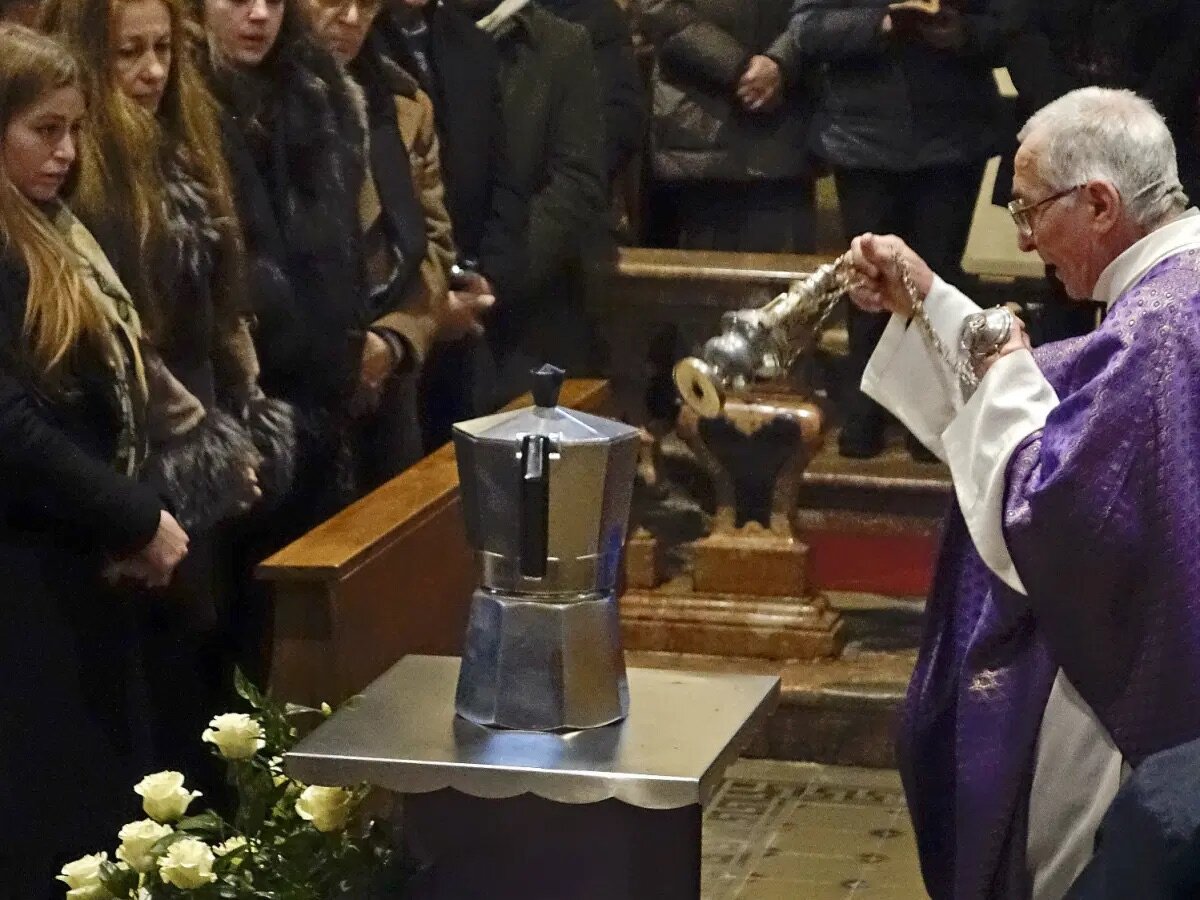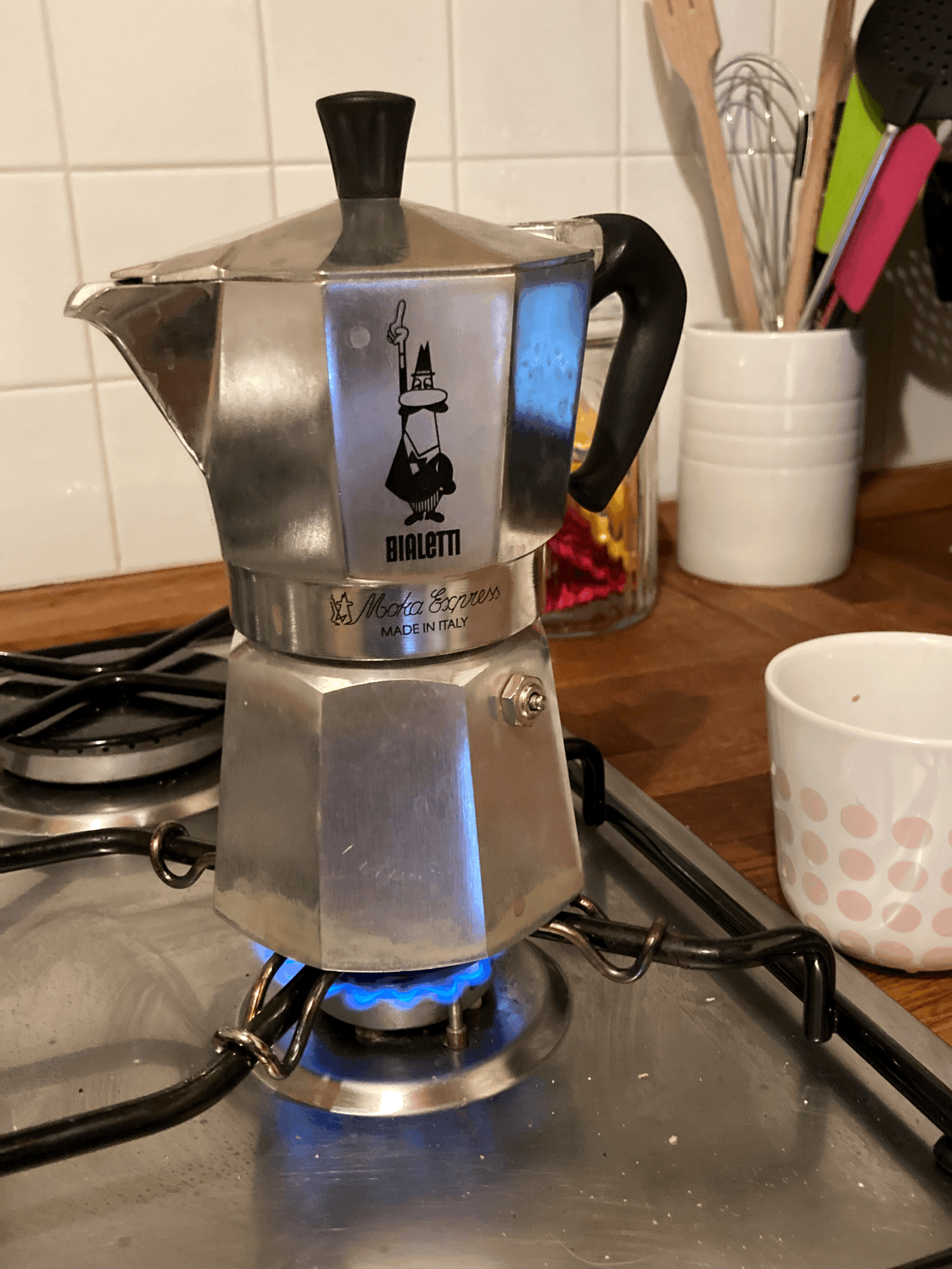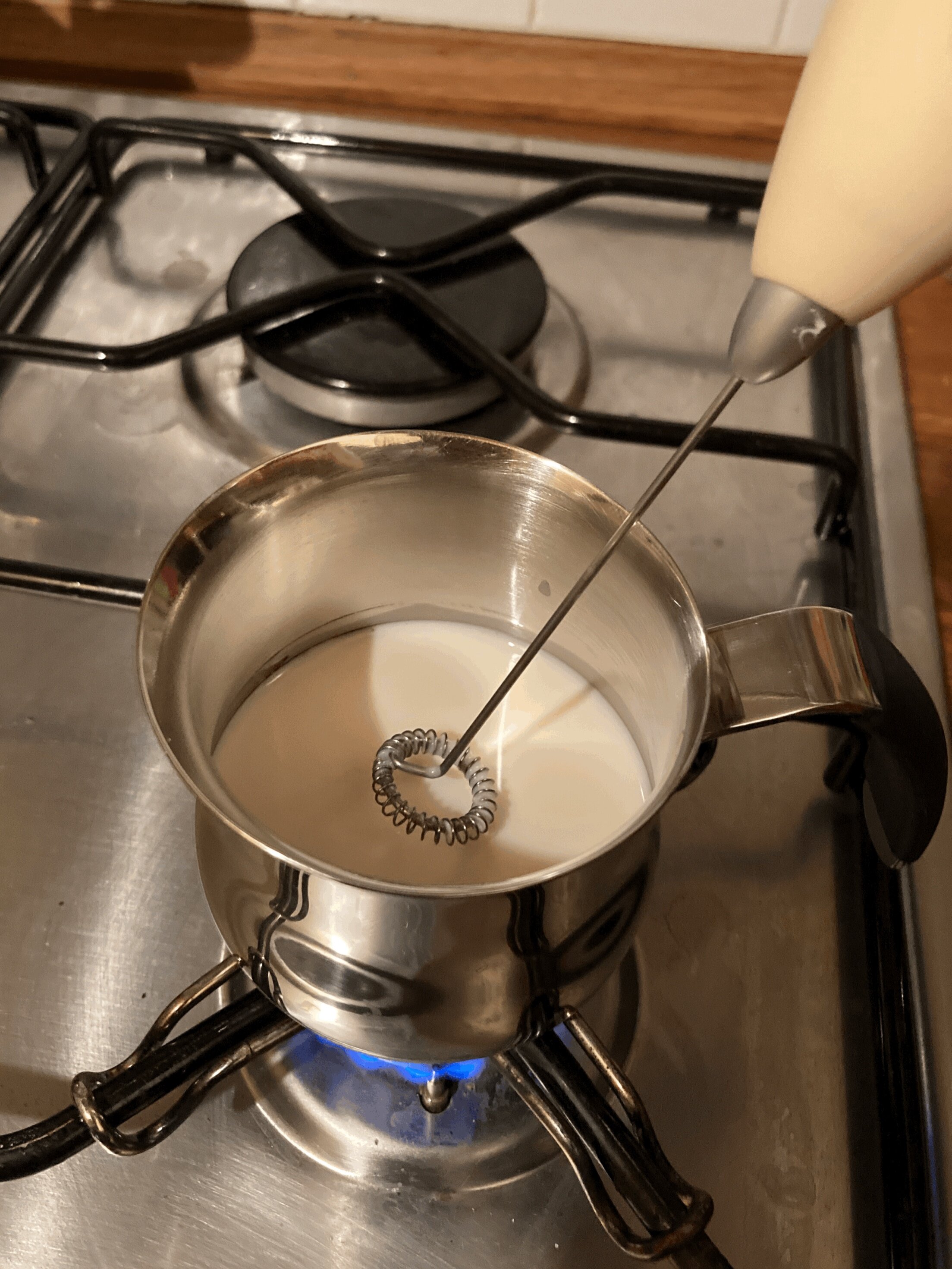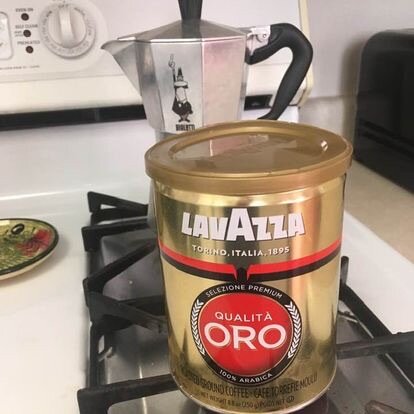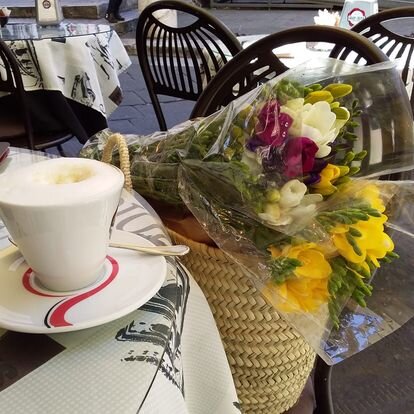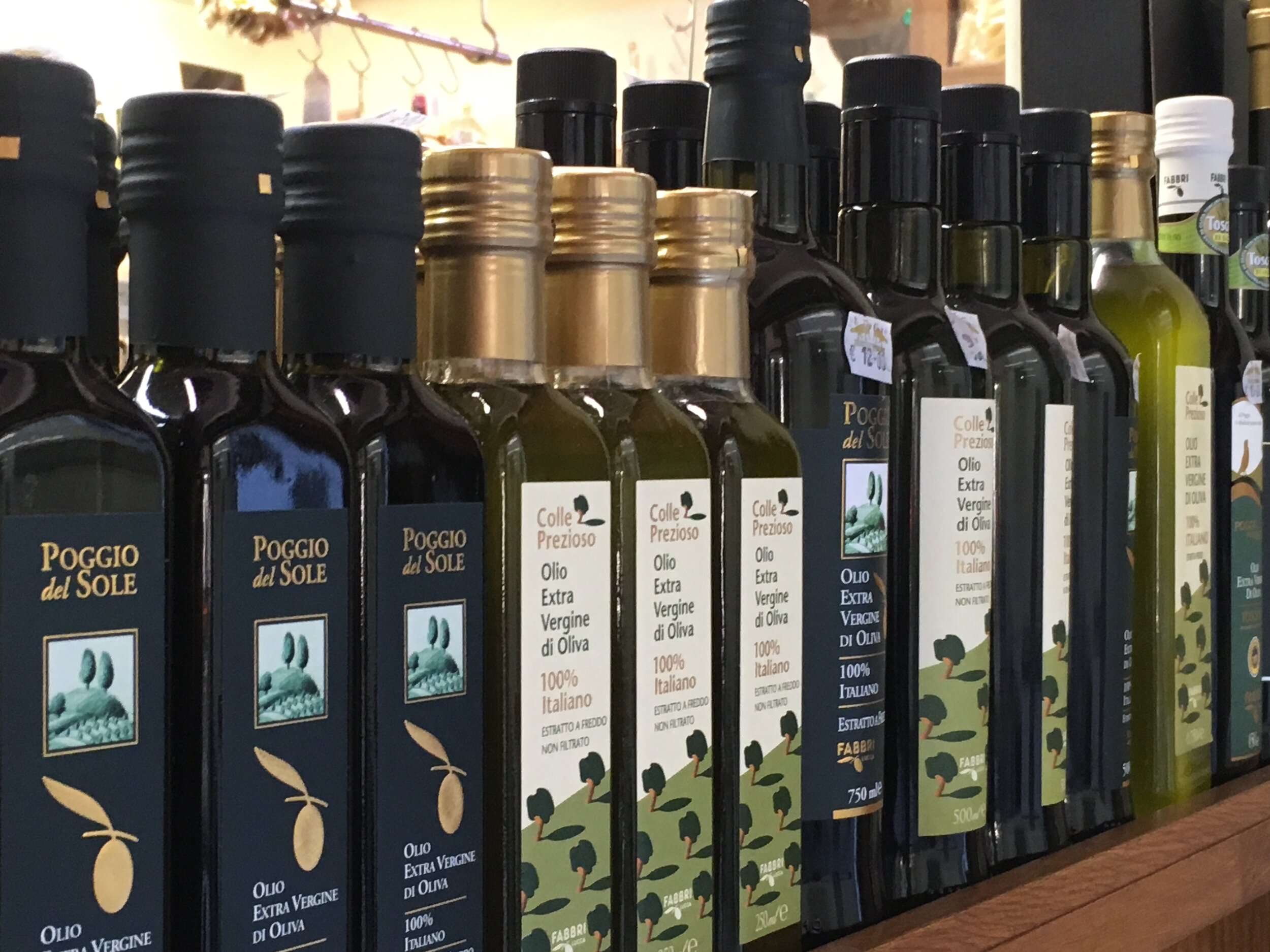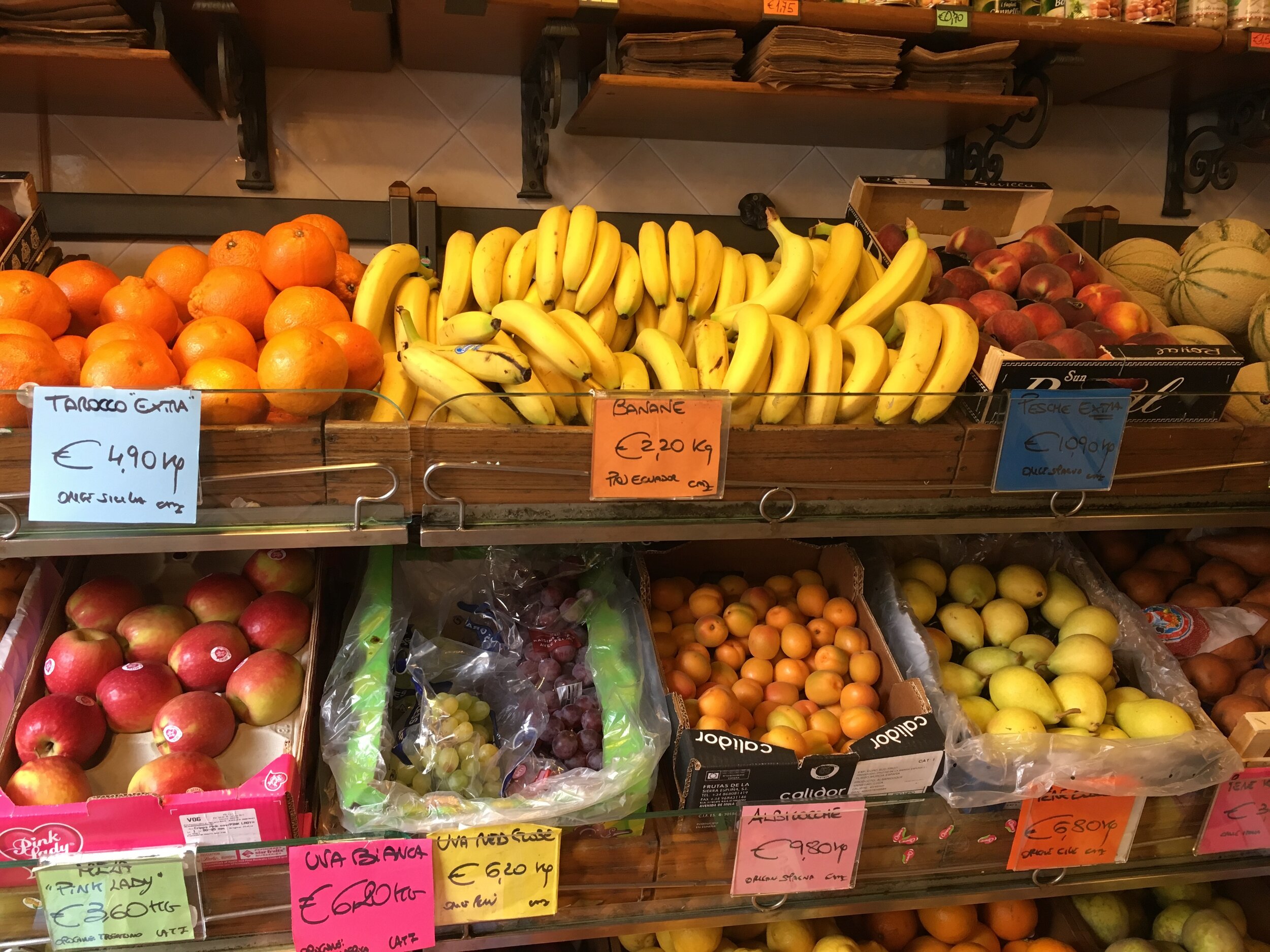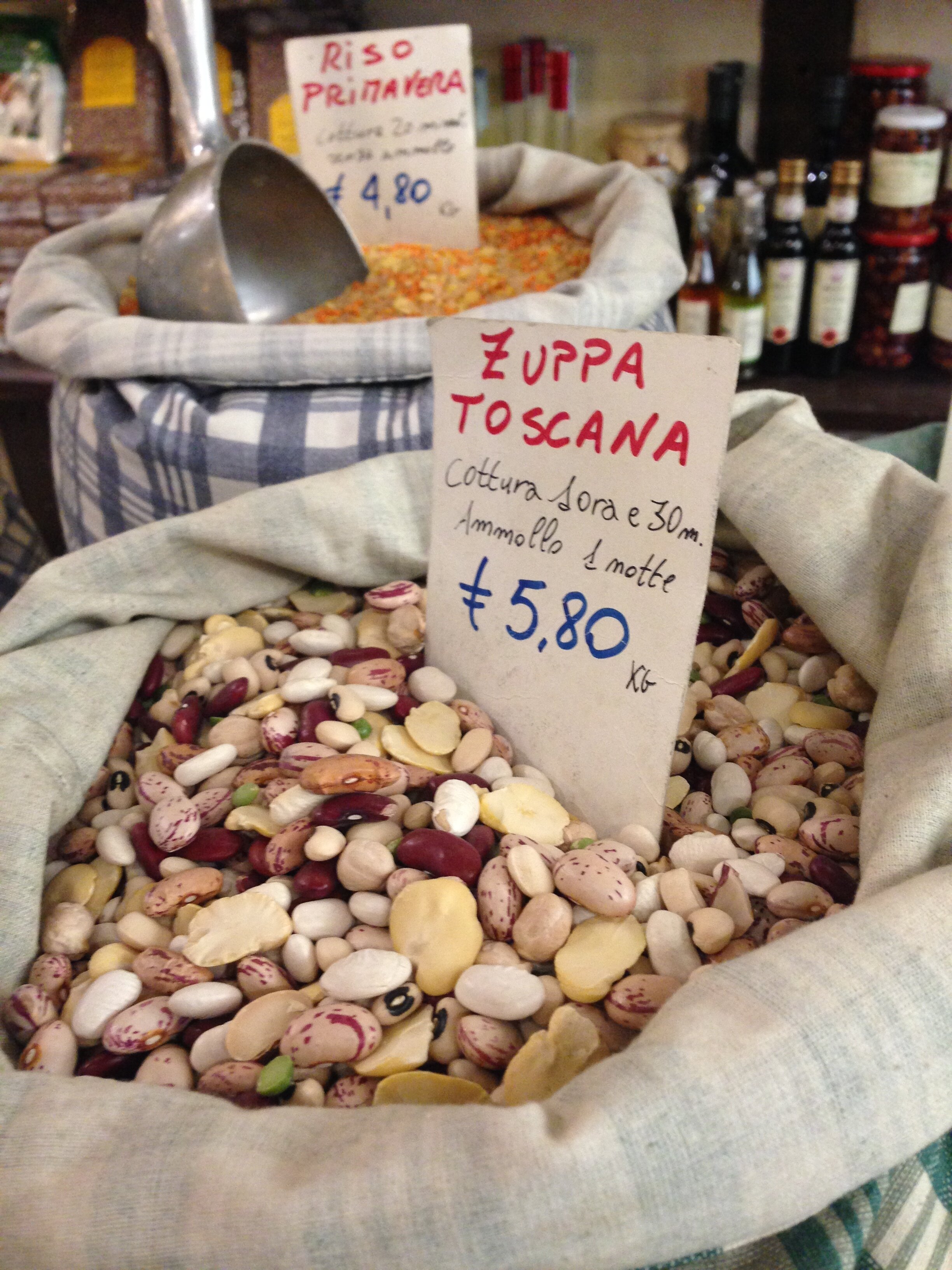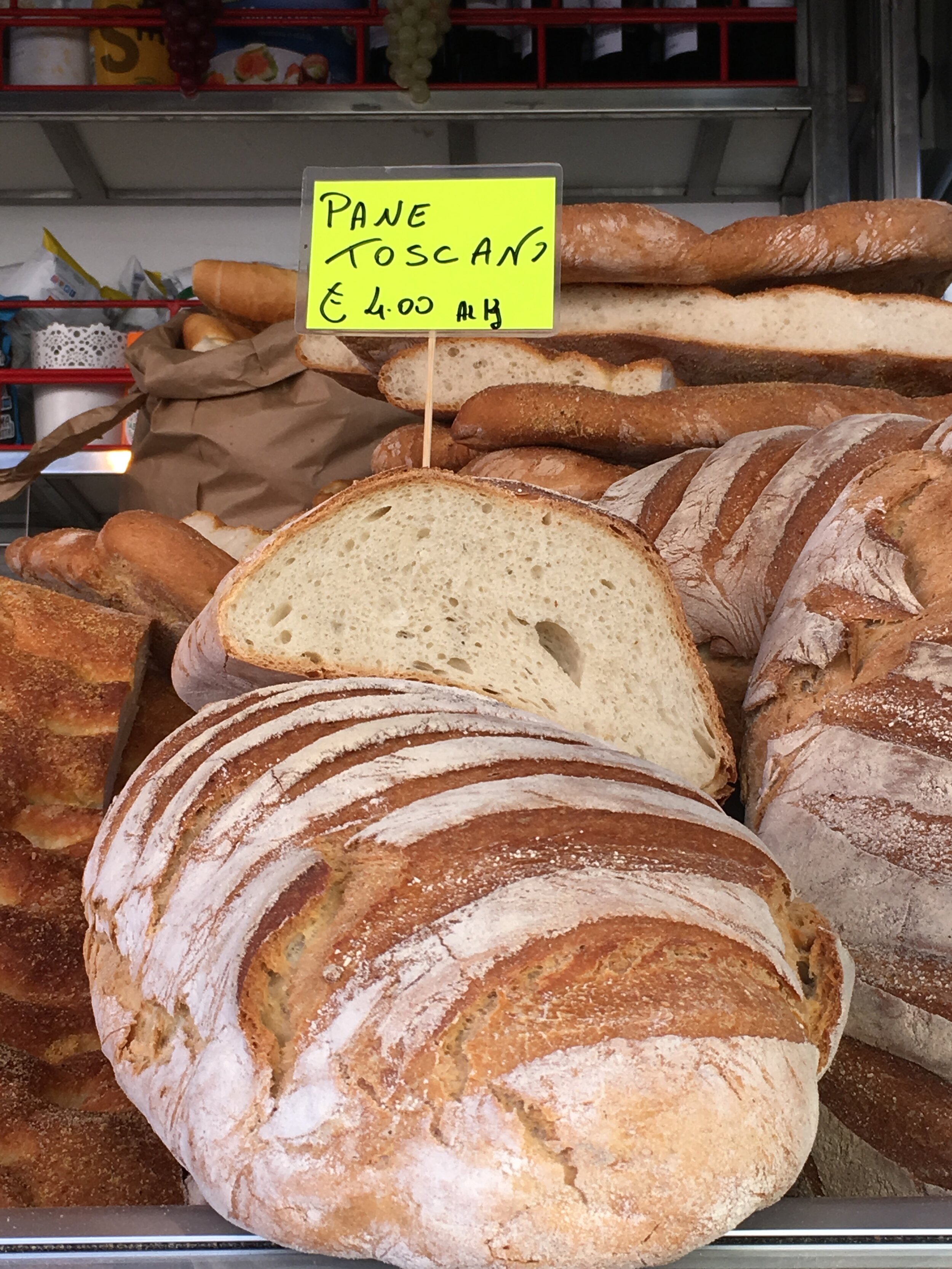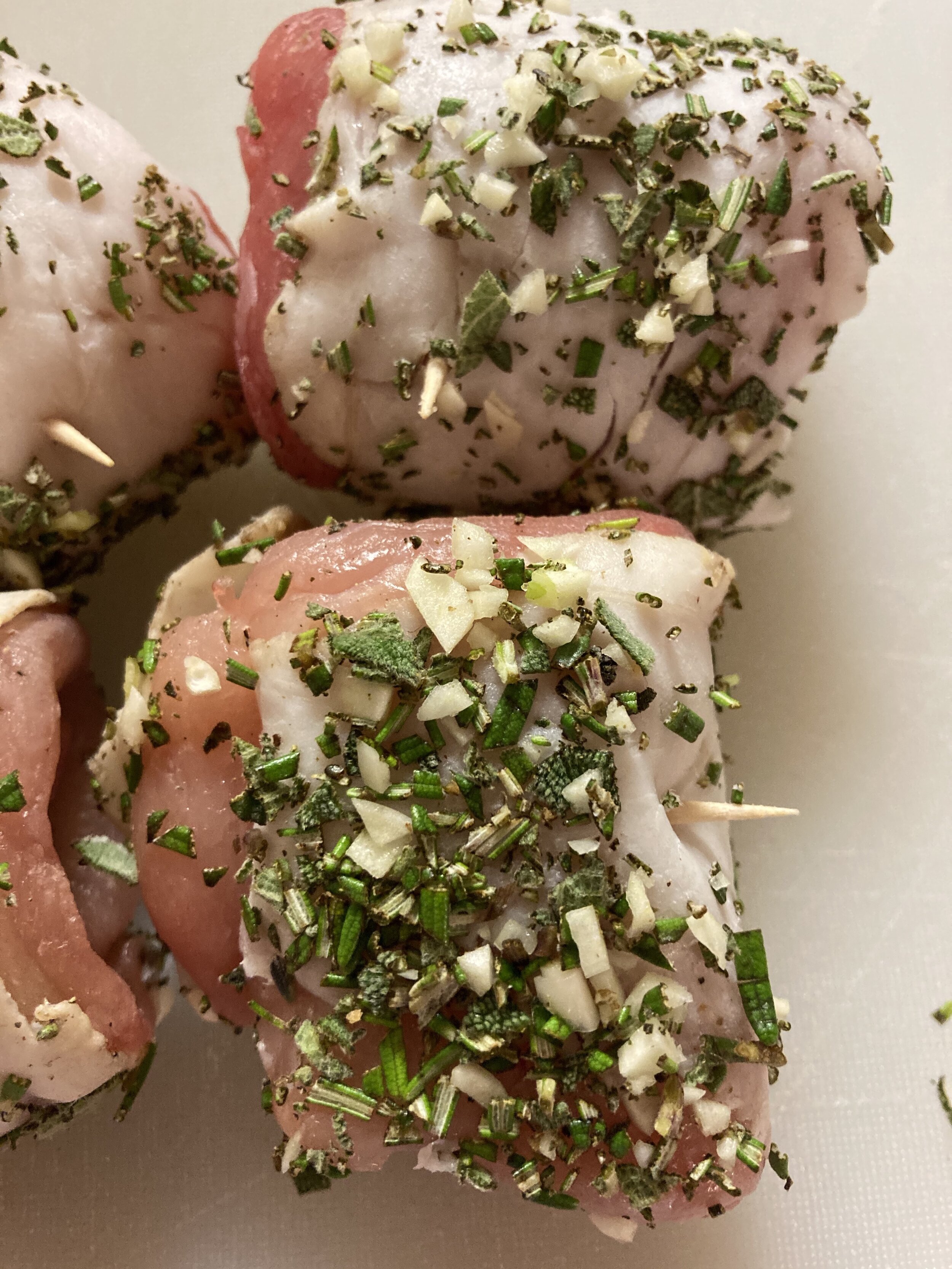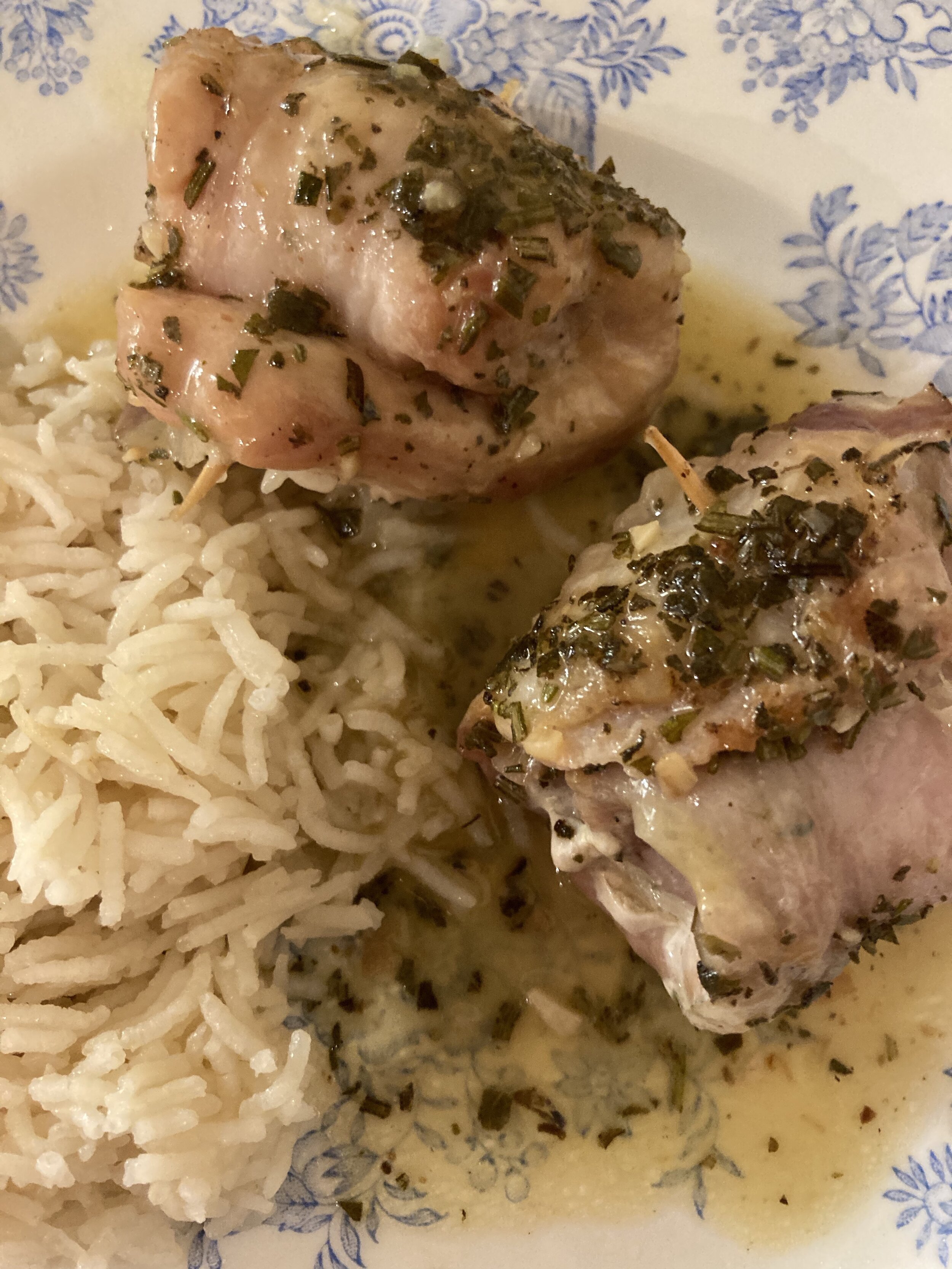Italian Coffee Part Two : La Moka
Many objects are representative of Italian design – the Fiat Cinquecento, the Ferrari, the fashions of Armani, the shoes of Ferragamo. But perhaps nothing is more emblematic of Italian design than the simple Moka Express coffee pot.
Almost every Italian home has at least one Moka. The original design is easily recognizable by its octagonal shape and the “omino con i baffi” (little man with the mustache) that appears on every pot. Perhaps the true measure of “Italian-ness” lies in the number of Moka pots someone owns. I have 5, 3 in my Italian apartment and 2 in my other home in New Mexico.
A Moka Express has several parts – a lower base for water (caldaia), a funnel / filter basket for the ground coffee (filtro imbuto), a gasket / seal (guarnizione), and an upper chamber to collect the brewed coffee (bricco). They come in a variety to sizes, mostly commonly from 3 – 12 cups but there are Moka pots as large as 50 cups. Don’t be fooled by those cup sizes though – they represent espresso cups (about 2 ounces each) and not an American style 6-8 ounce cup. My most used Moka, labeled 3 cups, makes one nice sized mug or two smaller cups of coffee (about 6 ounces total). That explains why I have several – brewing coffee for company means I usually need to brew more than one pot at a time.
The coffee “bar” in my New Mexico condo.
Alfonso Bialetti, an Italian machinist and tool maker, designed the Moka in 1933 and founded Bialetti Industries to produce it. It was first sold in the weekly markets of the Piedmont region in northern Italy. Alfonso’s son Renato took over following World War II. It was Renato who added the mustachioed man, expanded marketing, and made the Moka the symbol of Italian coffee culture that is today. It is no exaggeration to say the Renato lived and died thinking of the Moka. When he died, at age 93, his ashes were placed in an oversized Moka pot. Really! Photographic proof below.
Renato Bialetti’s funeral. He must have had quite the sense of humor to have his ashes placed in a Moka Express shaped urn!
In recent years newer home machines, using pre-filled coffee capsules, have become more popular, decreasing sales of the traditional Moka. There were fears that the Moka would become obsolete. However, if you ask me, those “modern” machines cannot brew coffee that compares with the flavor of Moka brewed coffee (not to mention that a Moka produces no waste other than coffee grounds which can be composted). The trend may be reversing though, sales of the traditional Moka are on the rise again. Sometimes the traditional methods really are best.
To brew the best coffee in a Moka, there are some things to keep in mind: The water chamber is filled just up to the pressure valve, ideally with room temperature filtered water. Better water = better coffee. Using room temperature rather than cold water decreases the brewing time and the exposure of the grounds to heat, making for a better brew. Some sources recommend using pre-heated water in the water chamber, but I find that doing so makes the chamber too hot to handle when starting my coffee.
It’s important to loosely fill the filter basket and not tamp down the grounds
The ground coffee is spooned loosely into the filter basket and, unlike what the barista does in the bar, never packed down. The Moka is not a professional style espresso maker (it really isn’t espresso at all, just a close relative). The steam pressure in a Moka is much less than in a true espresso machine. Less steam pressure requires a less dense fill of coffee, otherwise the steam never makes it through the grounds. When filling the filter basket it is also important to make sure that there are no grounds on the top edge which would prevent a good seal.
Just like better water makes better coffee, the same is true for better beans. Though everyone’s taste in coffee intensity and flavor varies, the grind should always be designed for a Moka. I find that Lavazza makes two good choices – Lavazza Gold and Lavazza Caffe` Espresso (both also available in the US and on-line). In Italy, I often buy fresh ground coffee from a local shop. There are many choices, experimenting to find the perfect bean is part of the fun. I also find that the coffee tastes better when the ground coffee is stored in an air tight container at room temperature, rather than in the refrigerator, and used up fairly quickly.
To brew the coffee, the Moka is placed over a low flame on a gas stove. The flame should never extend beyond the edges of the pot. Low and slow makes the perfect cup of coffee. Yes, it takes longer than a Nespresso machine but the wait is worth it. As the coffee brews, the sound changes from barely audible to a louder bubble. As soon the louder bubble starts, turn off the flame and allow the brewing to finish off the heat. Too much “cooking” isn’t good for flavor. Be careful when handling the pot after brewing - the handle is heat proof but accidentally touching the metal is a painful experience!
Hot milk and a battery operated whisk - on my way to a cappuccino.
Something I didn’t know, but learned when doing some research for this post, is that before serving the coffee that has collected in the upper chamber should be stirred. This blends the first bit of coffee with what comes later, evening out the taste. Good tip.
While the Moka does not make a true espresso, it makes a nice “almost cappuccino” with the addition of some hot, frothed milk. The milk can be heated on the stovetop in a specially designed stainless cup or in a microwave. A battery operated whisk does a good job of frothing the milk. Low fat works best!
It’s also important to know how to care for the Moka. New pots need to be “seasoned” by brewing, and discarding, 2 pots of coffee. This eliminates any metallic taste or residue left over from manufacture.
The inside of the aluminum pots should never be washed with soap. Some hot water and a wipe will suffice. A bit of coffee oil will collect and that’s ok – better than coffee that tastes of soap! And never, ever put a Moka in the dishwasher. After cleaning, all parts of the Moka should be dried well. Ideally, the pot is stored in pieces rather than completely sealed to prevent growth of “fuzzy stuff” in the lower chamber.
The rubber seals will fail over time and need to be replaced. Seals are sold separately and have to match the size of the Moka. Forgetting the pot on the heat will melt the seal and, if left on the heat while empty for too long, can ruin the pot itself. Can you guess how I learned this?
Newer versions of the Moka exist – a stainless steel one, an electric model, and ones for induction stove tops. I’m partial to the original aluminum 3 and 6 cup models with the omino con I baffi used on a gas burner. A bit old fashioned, but really satisfying to use. In fact, I think I will go brew some right now.



